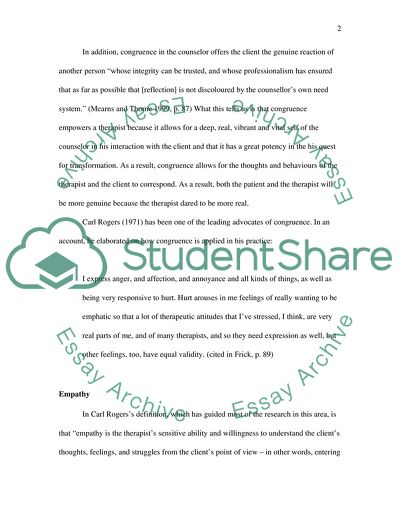Cite this document
(The Importance of Empathy and Congruence in the Counselling Relationsh Case Study, n.d.)
The Importance of Empathy and Congruence in the Counselling Relationsh Case Study. https://studentshare.org/health-sciences-medicine/1717928-why-are-empathy-and-congruence-important-in-the-counselling-relationship
The Importance of Empathy and Congruence in the Counselling Relationsh Case Study. https://studentshare.org/health-sciences-medicine/1717928-why-are-empathy-and-congruence-important-in-the-counselling-relationship
(The Importance of Empathy and Congruence in the Counselling Relationsh Case Study)
The Importance of Empathy and Congruence in the Counselling Relationsh Case Study. https://studentshare.org/health-sciences-medicine/1717928-why-are-empathy-and-congruence-important-in-the-counselling-relationship.
The Importance of Empathy and Congruence in the Counselling Relationsh Case Study. https://studentshare.org/health-sciences-medicine/1717928-why-are-empathy-and-congruence-important-in-the-counselling-relationship.
“The Importance of Empathy and Congruence in the Counselling Relationsh Case Study”. https://studentshare.org/health-sciences-medicine/1717928-why-are-empathy-and-congruence-important-in-the-counselling-relationship.


